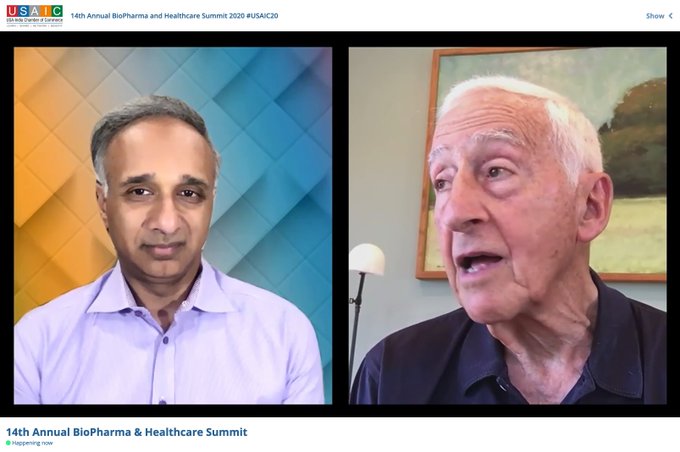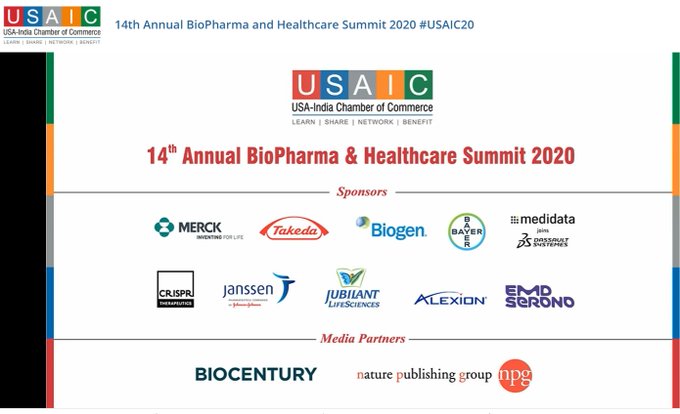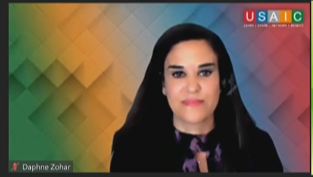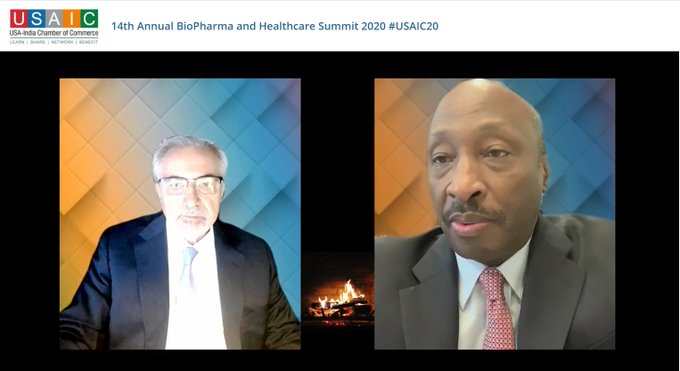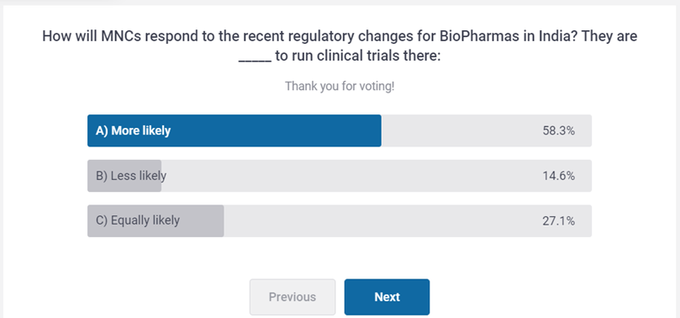A Platform called VirtualFlow: Discovery of Pan-coronavirus Drugs help prepare the US for the Next Coronavirus Pandemic
Reporter: Aviva Lev-Ari, PhD, RN
A multi-pronged approach targeting SARS-CoV-2 proteins using ultra-large virtual screening
The work was made possible in large part by about $1 million in cloud computing hours awarded by Google through a COVID-19 research grant program.
The work reported, below was sponsored by
- a Google Cloud COVID-19 research grant. Funding was also provided by the
- Fondation Aclon,
- National Institutes of Health (GM136859),
- Claudia Adams Barr Program for Innovative Basic Cancer Research,
- Math+ Berlin Mathematics Research Center,
- Templeton Religion Trust (TRT 0159),
- U.S. Army Research Office (W911NF1910302), and
- Chleck Family Foundation
Harvard University, AbbVie form research alliance to address emergent viral diseases
This article is part of Harvard Medical School’s continuing coverage of medicine, biomedical research, medical education and policy related to the SARS-CoV-2 pandemic and the disease COVID-19.
Harvard University and AbbVie today announced a $30 million collaborative research alliance, launching a multi-pronged effort at Harvard Medical School to study and develop therapies against emergent viral infections, with a focus on those caused by coronaviruses and by viruses that lead to hemorrhagic fever.
The collaboration aims to rapidly integrate fundamental biology into the preclinical and clinical development of new therapies for viral diseases that address a variety of therapeutic modalities. HMS has led several large-scale, coordinated research efforts launched at the beginning of the COVID-19 pandemic.
“A key element of having a strong R&D organization is collaboration with top academic institutions, like Harvard Medical School, to develop therapies for patients who need them most,” said Michael Severino, vice chairman and president of AbbVie. “There is much to learn about viral diseases and the best way to treat them. By harnessing the power of collaboration, we can develop new therapeutics sooner to ensure the world is better prepared for future potential outbreaks.”
“The cataclysmic nature of the COVID-19 pandemic reminds us how vital it is to be prepared for the next public health crisis and how critical collaboration is on every level—across disciplines, across institutions and across national boundaries,” said George Q. Daley, dean of Harvard Medical School. “Harvard Medical School, as the nucleus of an ecosystem of fundamental discovery and therapeutic translation, is uniquely positioned to propel this transformative research alongside allies like AbbVie.”
AbbVie will provide $30 million over three years and additional in-kind support leveraging AbbVie’s scientists, expertise and facilities to advance collaborative research and early-stage development efforts across five program areas that address a variety of therapeutic modalities:
- Immunity and immunopathology—Study of the fundamental processes that impact the body’s critical immune responses to viruses and identification of opportunities for therapeutic intervention.
Led by Ulirich Von Andrian, the Edward Mallinckrodt Jr. Professor of Immunopathology in the Blavatnik Institute at HMS and program leader of basic immunology at the Ragon Institute of MGH, MIT and Harvard, and Jochen Salfeld, vice president of immunology and virology discovery at AbbVie.
- Host targeting for antiviral therapies—Development of approaches that modulate host proteins in an effort to disrupt the life cycle of emergent viral pathogens.
Led by Pamela Silver, the Elliot T. and Onie H. Adams Professor of Biochemistry and Systems Biology in the Blavatnik Institute at HMS, and Steve Elmore, vice president of drug discovery science and technology at AbbVie.
- Antibody therapeutics—Rapid development of therapeutic antibodies or biologics against emergent pathogens, including SARS-CoV-2, to a preclinical or early clinical stage.
Led by Jonathan Abraham, assistant professor of microbiology in the Blavatnik Institute at HMS, and by Jochen Salfeld, vice president of immunology and virology discovery at AbbVie.
- Small molecules—Discovery and early-stage development of small-molecule drugs that would act to prevent replication of known coronaviruses and emergent pathogens.
Led by Mark Namchuk, executive director of therapeutics translation at HMS and senior lecturer on biological chemistry and molecular pharmacology in the Blavatnik Institute at HMS, and Steve Elmore, vice president of drug discovery science and technology at AbbVie.
- Translational development—Preclinical validation, pharmacological testing, and optimization of leading approaches, in collaboration with Harvard-affiliated hospitals, with program leads to be determined.
SOURCE
https://hms.harvard.edu/news/joining-forces
A Screen Door Opens
Virtual screen finds compounds that could combat SARS-CoV-2
This article is part of Harvard Medical School’s continuing coverage of medicine, biomedical research, medical education, and policy related to the SARS-CoV-2 pandemic and the disease COVID-19.
Less than a year ago, Harvard Medical School researchers and international colleagues unveiled a platform called VirtualFlow that could swiftly sift through more than 1 billion chemical compounds and identify those with the greatest promise to become disease-specific treatments, providing researchers with invaluable guidance before they embark on expensive and time-consuming lab experiments and clinical trials.
Propelled by the urgent needs of the pandemic, the team has now pushed VirtualFlow even further, conducting 45 screens of more than 1 billion compounds each and ranking the compounds with the greatest potential for fighting COVID-19—including some that are already approved by the FDA for other diseases.
“This was the largest virtual screening effort ever done,” said VirtualFlow co-developer Christoph Gorgulla, research fellow in biological chemistry and molecular pharmacology in the labs of Haribabu Arthanari and Gerhard Wagner in the Blavatnik Institute at HMS.
The results were published in January in the open-access journal iScience.
The team searched for compounds that bind to any of 15 proteins on SARS-CoV-2 or two human proteins, ACE2 and TMPRSS2, known to interact with the virus and enable infection.
Researchers can now explore on an interactive website the 1,000 most promising compounds from each screen and start testing in the lab any ones they choose.
The urgency of the pandemic and the sheer number of candidate compounds inspired the team to release the early results to the scientific community.
“No one group can validate all the compounds as quickly as the pandemic demands,” said Gorgulla, who is also an associate of the Department of Physics at Harvard University. “We hope that our colleagues can collectively use our results to identify potent inhibitors of SARS-CoV-2.”
In most cases, it will take years to find out whether a compound is safe and effective in humans. For some of the compounds, however, researchers have a head start.
Hundreds of the most promising compounds that VirtualFlow flagged are already FDA approved or being studied in clinical or preclinical trials for other diseases. If researchers find that one of those compounds proves effective against SARS-CoV-2 in lab experiments, the data their colleagues have already collected could save time establishing safety in humans.
Other compounds among VirtualFlow’s top hits are currently being assessed in clinical trials for COVID-19, including several drugs in the steroid family. In those cases, researchers could build on the software findings to investigate how those drug candidates work at the molecular level—something that’s not always clear even when a drug works well.
It shows what we’re capable of computationally during a pandemic.
Hari Arthanari
SOURCE







